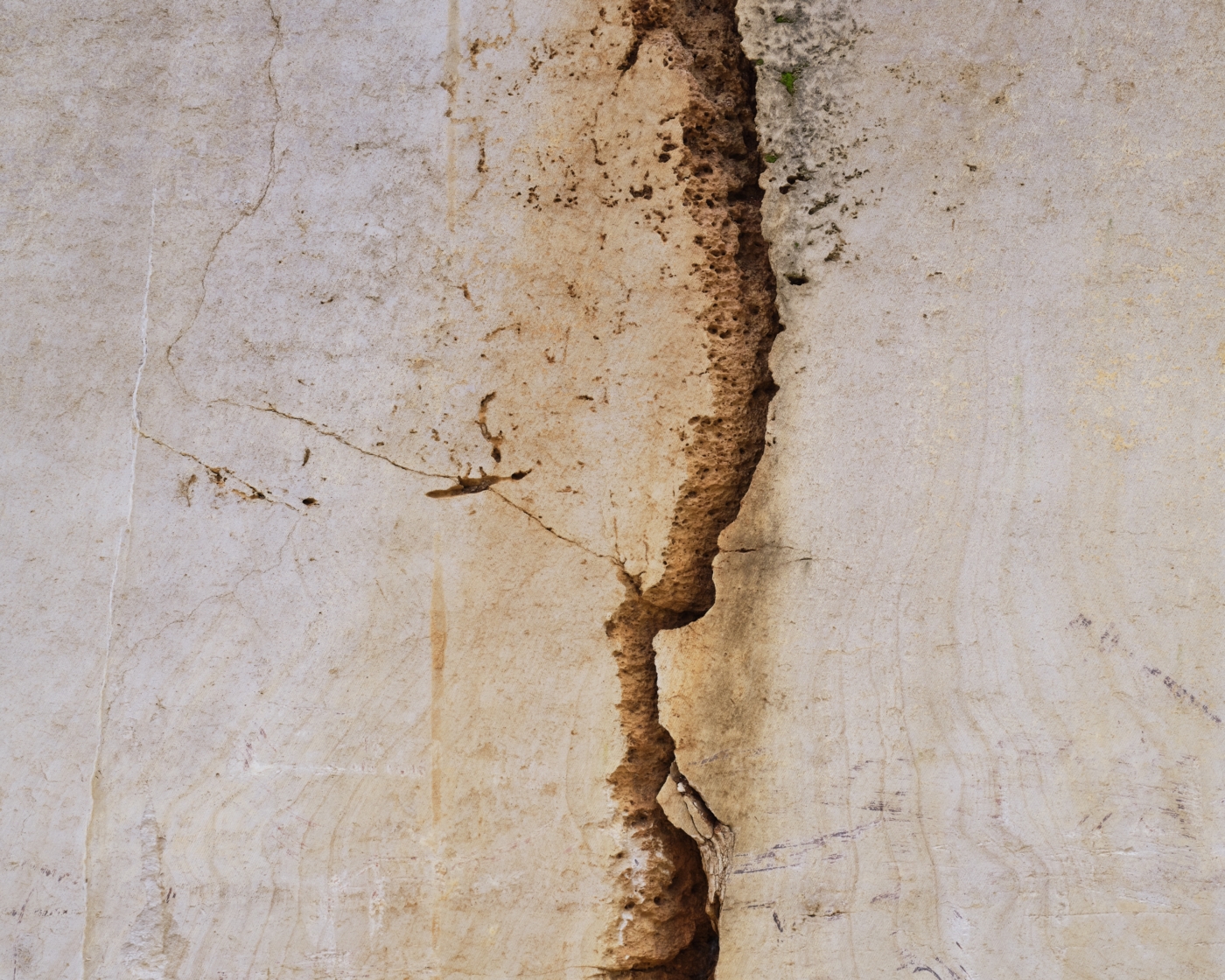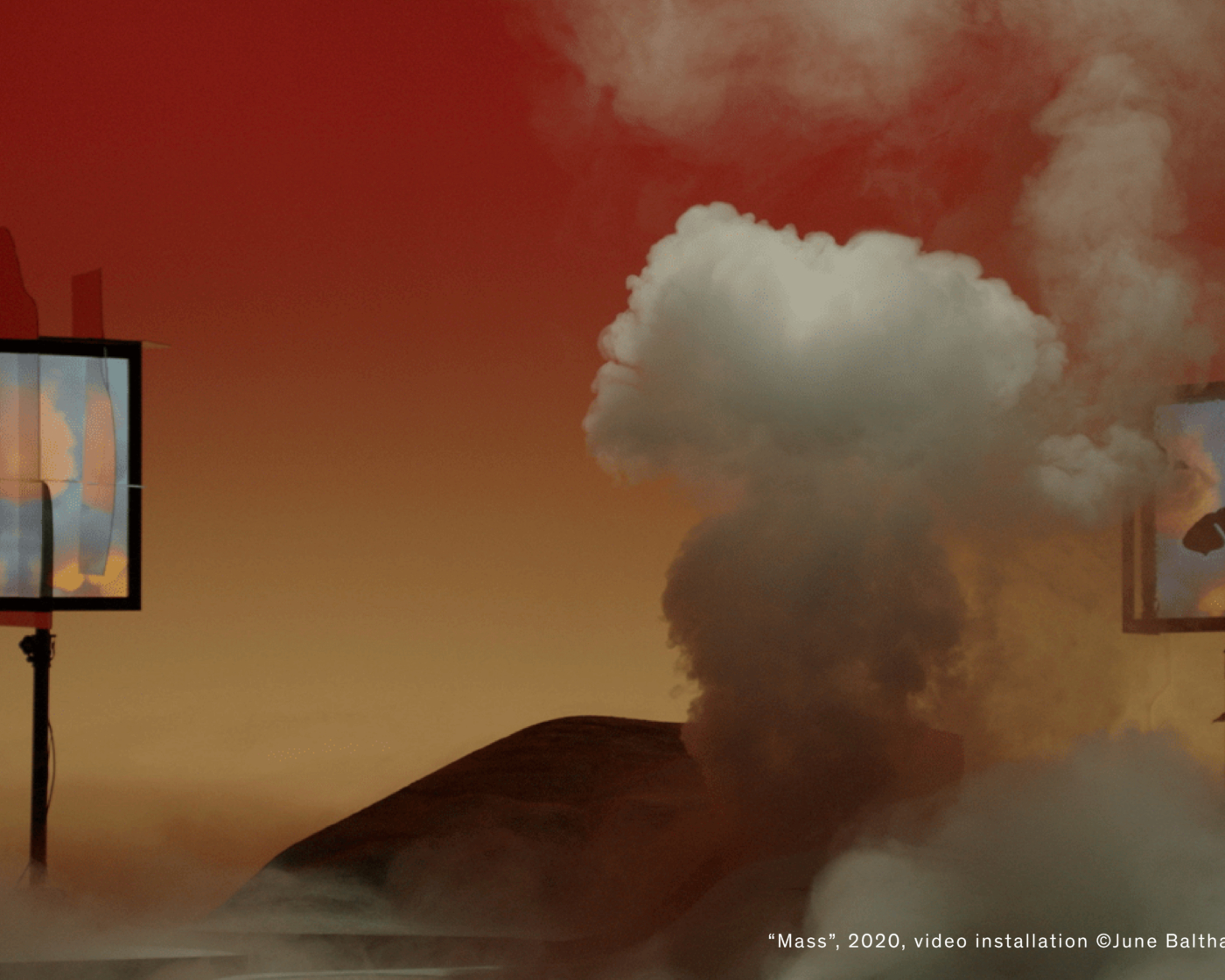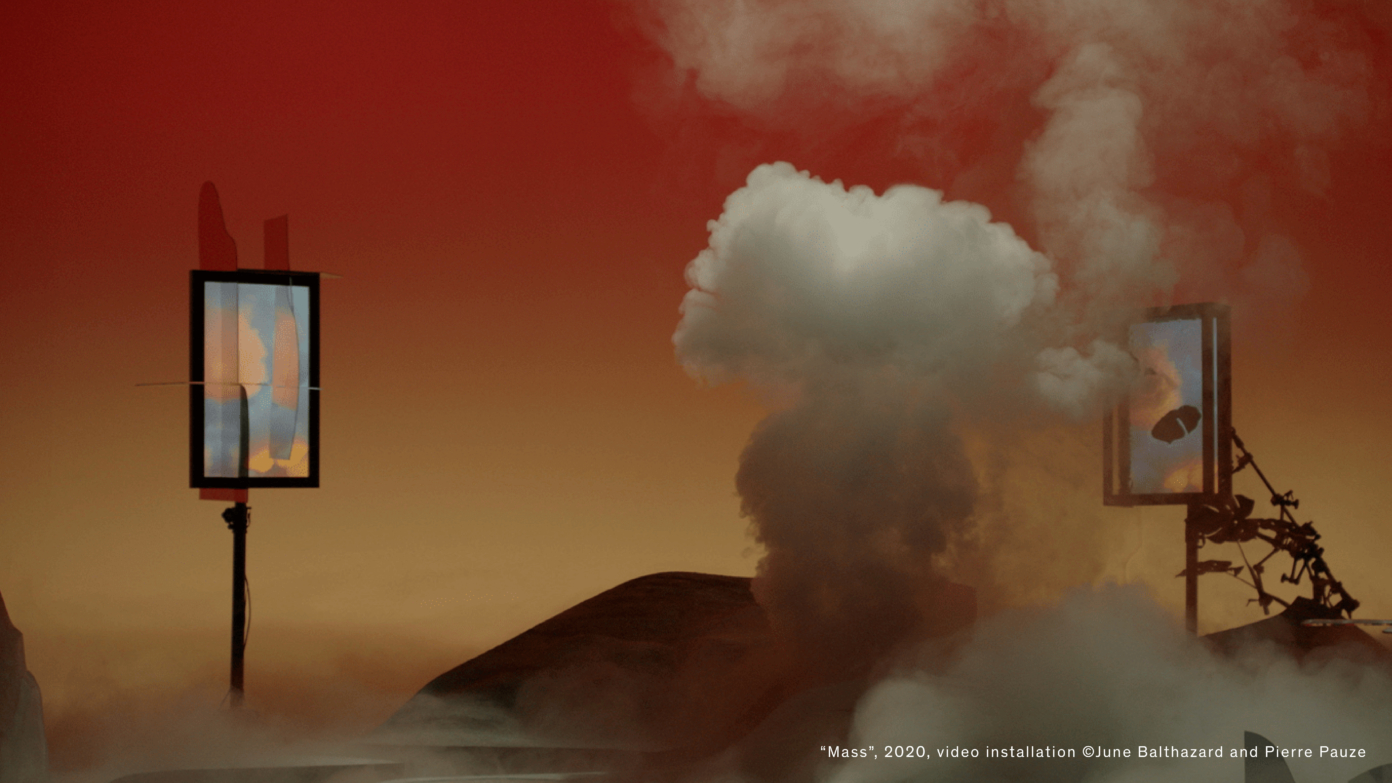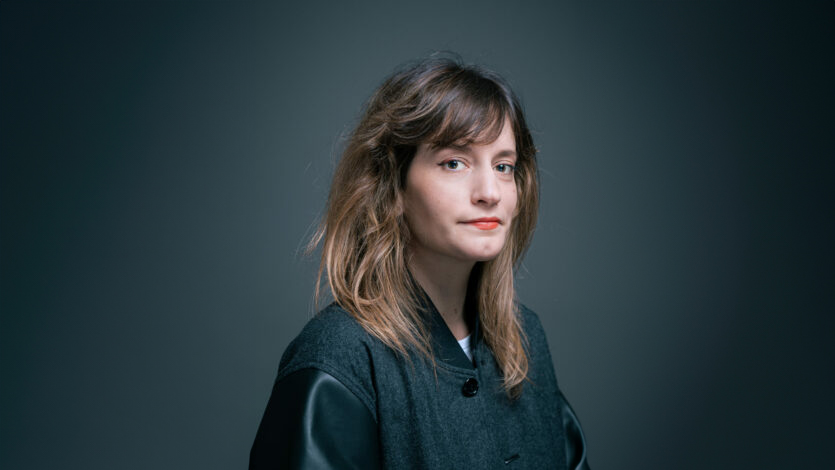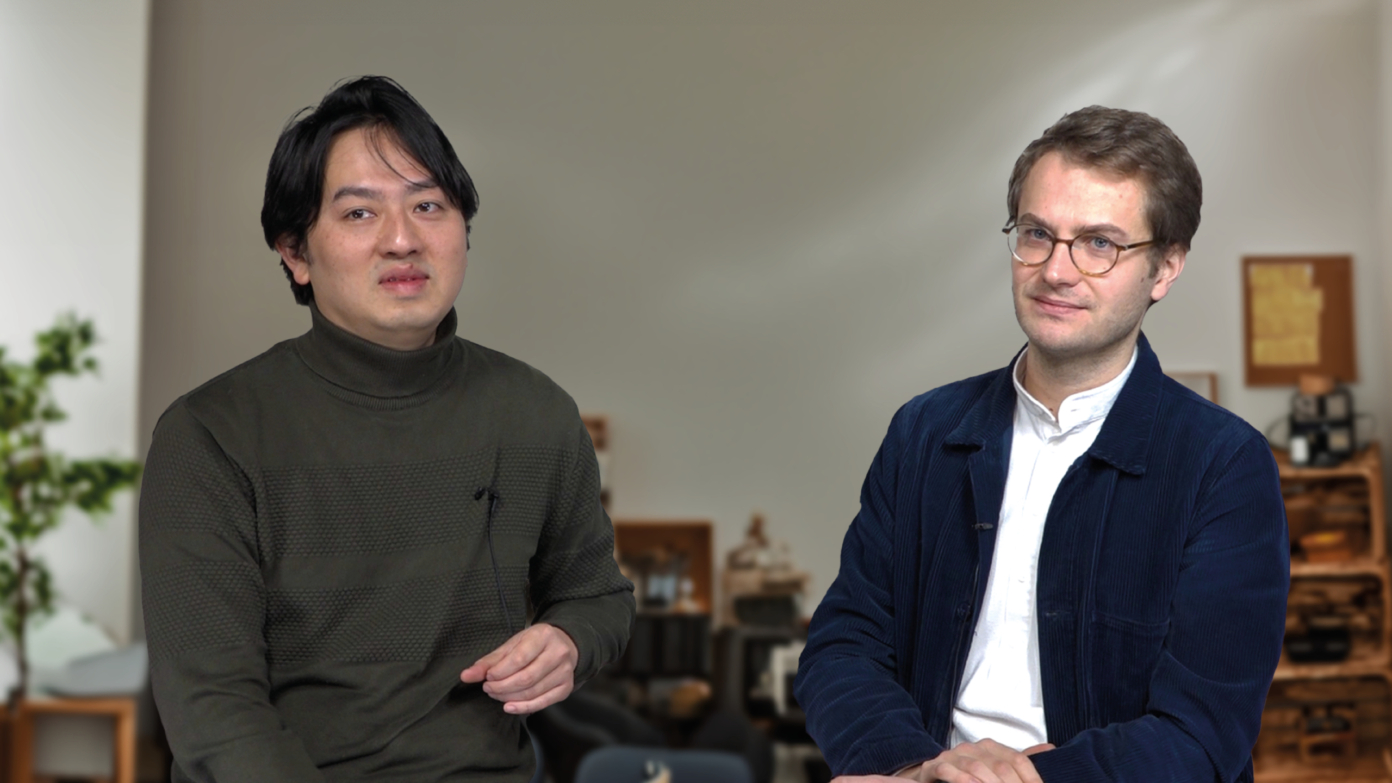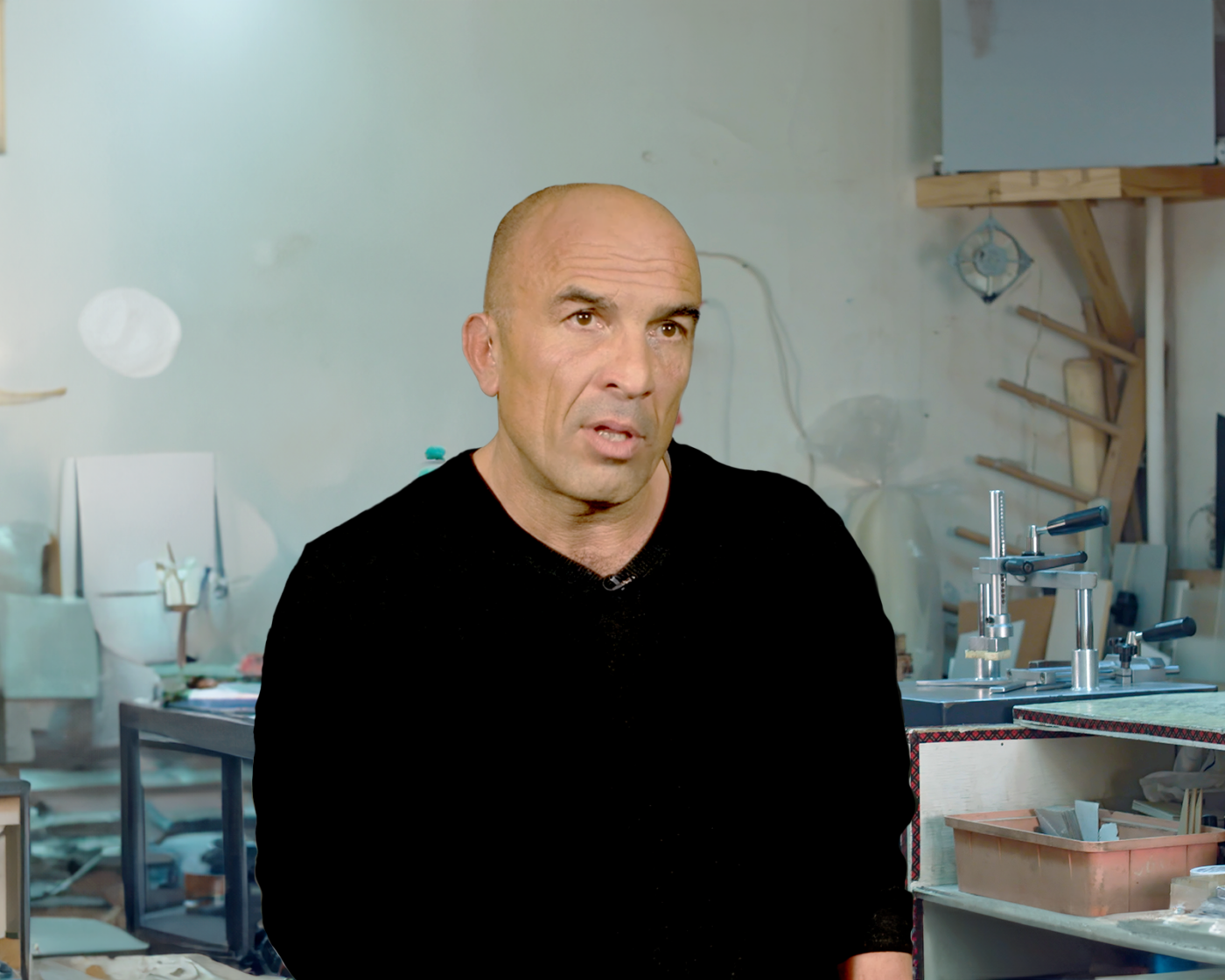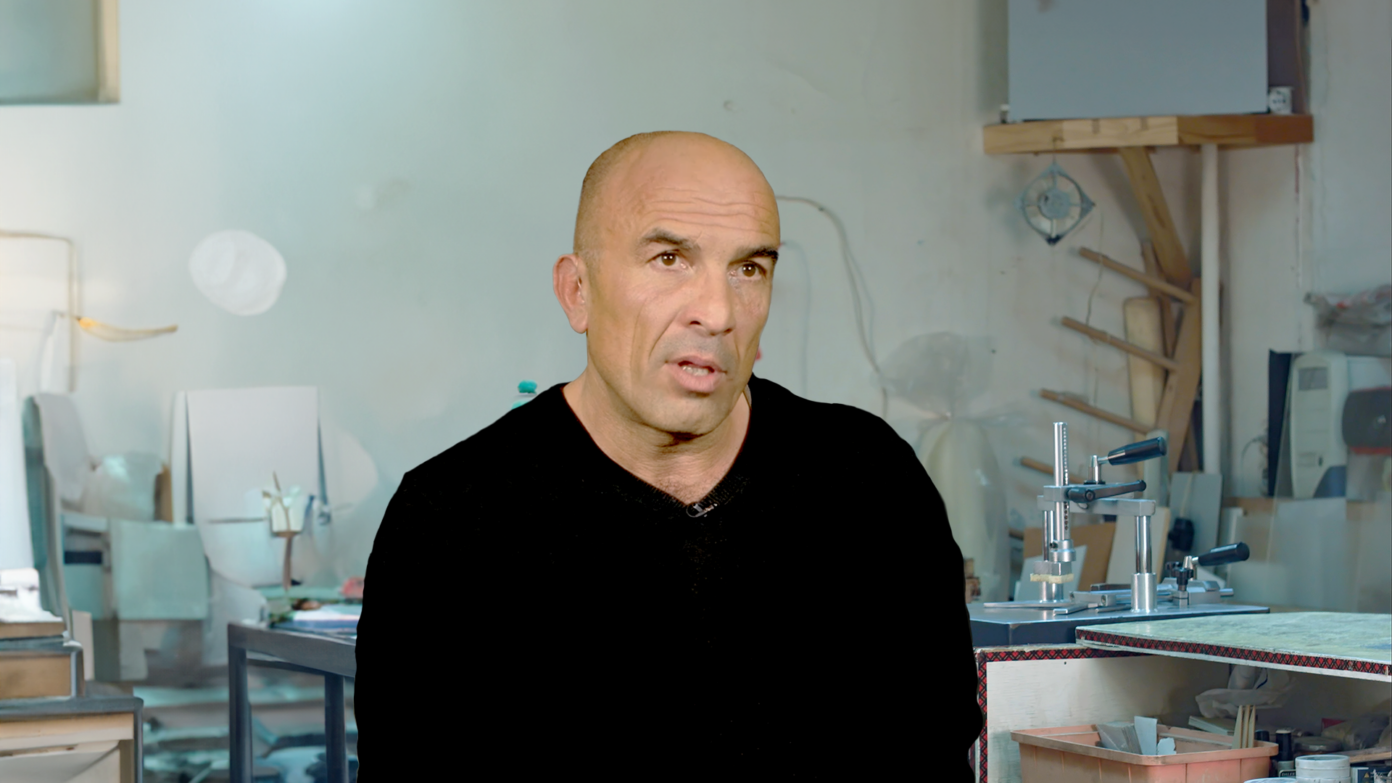Dwelling, Hospitality of the Living
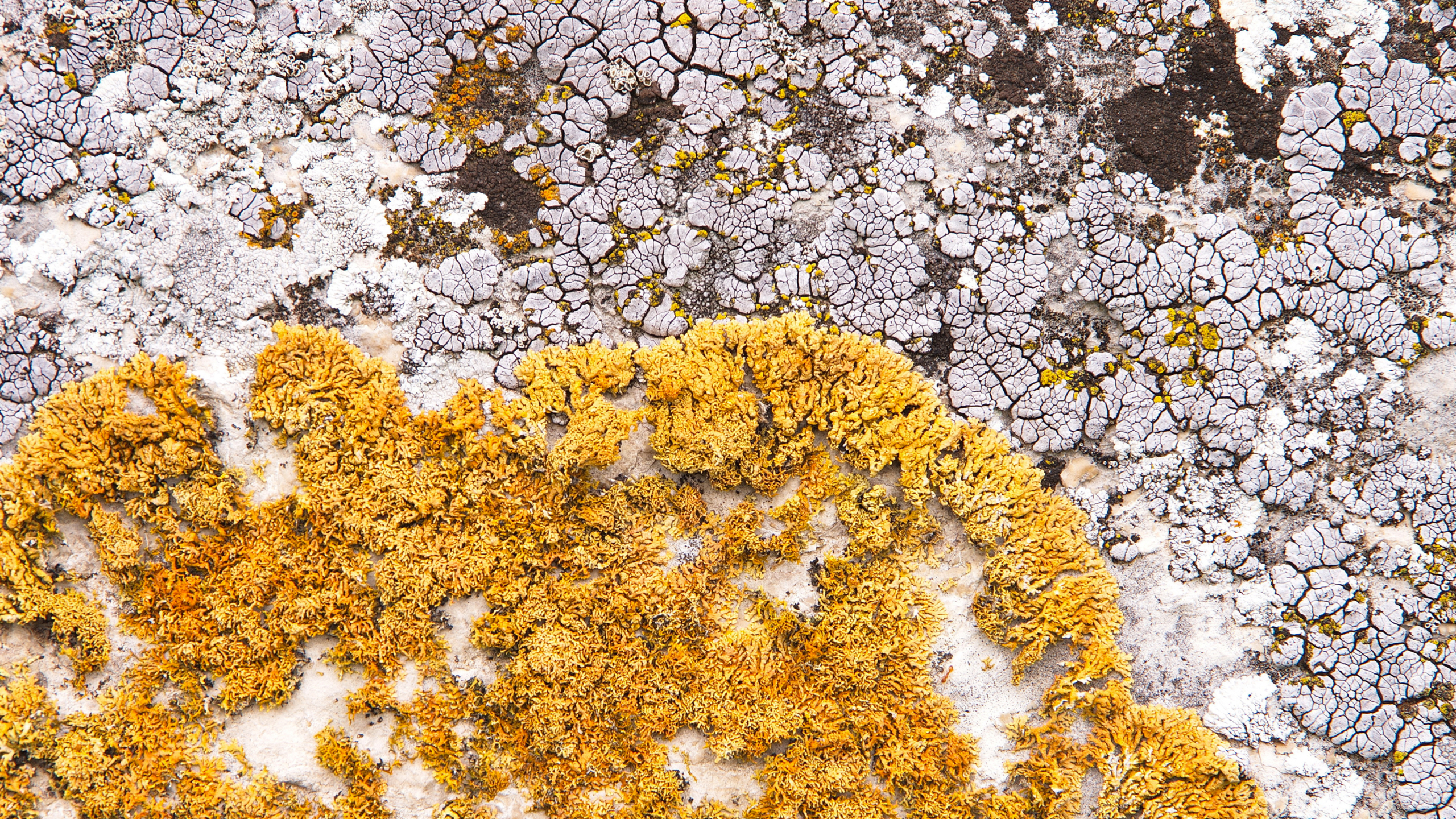
- Publish On 18 November 2017
- Roland Schaer
The awareness of our situation as one species among many others, like our acknowledgment of other beings—living non-humans, but also the inanimate—in our idea of the world, invites us to reconsider the idea of the dwelling. By moving beyond the dialectic of opening and closing that Heidegger developed in Building, Dwelling, Thinking, philosopher Roland Schaer reintroduces the importance of the living into the very idea of inhabiting. Taking inspiration from the biological concept of “homeostasis,” he emphasizes the importance of the constitution of this “interior environment,” self-produced and self-regulated by the organism. Every living being that has become an environment in itself must nonetheless engage in exchange, become a metabolism, and open up porosities to survive. The figure of the living thus teaches us new forms of hospitality, driven by the vital necessity of making, and being, a habitat for others.
What does dwelling mean? To try to answer that question, I’d like to first say a word about Heidegger’s famous 1951 text Building, Dwelling, Thinking. The word bauen, “to build,” comes from an ancient German word that means “to dwell.” We must thereby think of dwelling before building, and think of dwelling to be able to think of building. This ancient German word from which bauen derives is buan, “to dwell.” This root can be also found in ich bin, du bist (“I am,” “You are”), as well as the English infinitive “to be.” Dwelling is the way of being of humans; that is how we are: “to be a human being means to be on the earth as a mortal, it means to dwell.”Martin Heidegger, Building, Dwelling, Thinking, 1951.
“To be on the earth as a mortal” because dwelling is what happens when care is extended to what is born, grows, and develops, when we take care of what “grows,” of what is mortal. With this notion of “sparing,” tending, and preserving provided to everything coming from oneself to being one’s own, Heidegger returns to the central motif of his philosophy: the eminent making, the ultimate poiein—the one thinkers and poets are the custodians of. It isn’t a fabrication of an artifact, nor the production of concepts, but rather the “bringing-forth,” or physis, of something that occurs in nature and has the capacity to arise from out of itself. It is a production that nevertheless requires “sparing” to be realized. Heidegger states that “Physis is indeed poiesis in the highest sense.”Martin Heidegger, The Question Concerning Technology, 1959. Heidegger brings up culture here, that is, the “sparing” that is performed in cultural practices. We then expect him to move on to the care that the living requires.
Instead, a strange dialectic of the opening and the “enclosing” unfolds. On the one hand, in this dwelling the truth of being is being decided. The opening: the dwelling is a “clearing,” lichtung. In this “clearing,” what was concealed in the language can show itself and be unconcealed. And the essence of man can thus be achieved. In that sense, dwelling is the fundamental feature of the human condition. Animals are “poor in the world” and do not dwell. But, as a counterpoint to this pattern of the opening—to being—Heidegger concludes this investigation of language with a dramatic catchphrase: dwelling, he writes, is “to be enclosed within the free.”Martin Heidegger, Building, Dwelling, Thinking, 1951. There is a sort of opening in verticality and an enclosing in horizontality. An enclosing due to the exclusion of both living non-humans and non-parental humans. An enclosing that would be the condition for the Open, for those than dwell in it, in kin togetherness, that is, with a shared origin and the phobia of mixing. The enclosing of dwelling with no hospitality.
Homeostasis
My hypothesis is as follows: if being is dwelling, then that should be said not only for humans but also for all living beings.Roland Schaer, Répondre du vivant (Paris: Éd. Le Pommier, 2013). This hypothesis seems to me to have been both suggested and rejected by Heidegger. Suggested in the reference to physis and rejected with the exclusion of non-humans and non-parents. To understand this, I refer to what life sciences call “homeostasis.”
Claude Bernard introduced the concept of an “interior milieu.” He points out that there are categories of beings whose life patterns change with the fluctuations of the environment; thereby, during the winter, seeds enter a period of dormancy that does not stop until climatic conditions that are favorable to germination return; similarly, marmots hibernate, go into inactivity until warm weather returns. The “most highly organized animals” according to Claude Bernard are those that manage to free themselves from this dependence on the fluctuations of the external environment because their life takes place in a second milieu, a milieu within the milieu. That is what he calls the “interior milieu,” a milieu produced by the body to provide dwelling to its components. It is a self-regulated and relatively stable environment, whose parameters are kept more or less constant. Among homeothermic animals such as us, cells, tissues, and organs maintain a constant temperature, in both summer and winter. This is what we now call “homeostasis:” chemical stability, “climatic” stability, storing reserves that reduce the dependence on the variation of resources in the external environment, and so on.
On this point, with the Neolithic Revolution, along with the invention and the expansion of agriculture, animal husbandry, and sedentarization, humans have in a sense produced a homeostasis on the “outside.” Nomadic hunter-gatherers need to move according to the availability of resources, either when they deplete or when seasons force them to look for more hospitable regions, just as migratory birds do; they have to change environments. With agriculture and animal husbandry, by “domesticating” plant and animal resources, by keeping them at home and storing them, humans in the Neolithic period freed themselves from the fluctuations to some extent; they changed their milieu, they built a milieu of greater homeostasis, a more livable outside that had become their home somewhere on Earth. What is more, this was a multi-specific dwelling given that plants and plants were welcomed “into their home,” as domesticated beings.
I believe that the invention of homeostasis, the invention of the interior milieu, is the invention of a form of dwelling, an invention of evolution. With it, the living, before even transforming its milieu to make it more or less inhabitable, makes itself an interior milieu for its components and thus makes itself dwelling.
Let us come back to the question of the enclosure. If we are to say that the exterior milieu that is a dwelling, then an organism or a population of organisms must then constantly exchange matter, energy, and information with it. Metabolism is key to its survival; this circulation, this exchange, is why the living survives in its condition of a living thing, that it continues being by self-renewing; if the exchange stops, the living thing dies. Though for the living, being is dwelling, this cannot mean “being enclosed.” Furthermore, to return to the production of homeostasis, that I view as being the production of dwelling, not only must this process take place while constantly exchanging with the external environment—while preserving the porosity of the membrane, while keeping the system open under pain of death—but the fluctuations of the external environment themselves serve as a pool of information and are used to regulate the interior milieu and maintain its stability by means of negative feedback loops. Here again, the living defends its exterior by establishing a sort of connivance with it, thereby limiting its own vulnerability. There is no dwelling that is not an open territory; an enclosure means death. An impregnable fortress is a tomb. Any dwelling is an exchanger.
Ecopoiesis
On this basis, I believe that we can analyze a whole series of transformations that living beings bring about in their “exterior” environment, including ways of producing homeostasis outside, like externalizations of homeostasis. I gave an example of this when I mentioned the Neolithic Revolution. Not only do living beings form a dwelling, but they produce dwellings for other living beings. This externalization is what I call “ecopoiesis,” and it is at work everywhere in the living world. It consists of projecting, on the outside, devices akin to those that govern the regulation of the interior milieu. The most familiar examples are nests, niches, burrows, ant colonies, termite mounds—the so-called “nursery environments.”
The early stages of development—the egg, the embryo, the fetus, the juvenile—are characterized by their extreme vulnerability. The ecopoietic activity of its progenitors makes up for this adaptive distortion of the young offspring by building a safer dwelling for them. Building a nest and providing parental care increases the likelihood of survival of the offspring—it boosts safety against predators, ensures as constant a supply as possible, in some cases provides heat during incubation, and so on. With the ant colonies, termite mounds, and hives appear dwellings where parental care is socialized: the fertile queen takes over reproduction while an army of sterile worker ants builds and maintains the nursery, protects it and supplies it, in some species also growing fungi or herding aphids—something akin to agriculture and animal husbandry—to keep the supply source for feeding the larvae at home.
The American researcher, J. Scott Turner,J. Scott Turner, The Extended Organism: The Physiology of Animal-Built Structures (Cambridge, Mass.: Harvard University Press, 2000). demonstrated that these constructions have a physiological function: they are like artificial organs that produce homeostasis for the “super-organism” of the colony. The immense termite mounds of South Africa that he studied—two-meter tall columns of earth in the middle of the desert—are equipped with piping systems that are open on the outside and vent the mound, regulating the inflow of oxygen that is required for the respiration of the colony and the outflow of the carbon dioxide that it generates. During the growth phases of the colony, when the oxygen requirements increase and the increase in the production of carbon dioxide threatens to suffocate the colony, a self-regulatory mechanism is triggered: the alteration of the balance of the inner atmosphere causes a cascade of chemical signals that drives groups of termites to elevate the construction and to extend its vents to increase the inflow of outside air and the outflow of carbon dioxide. A similar phenomenon takes place in beehives, where, when the fresh air becomes scarcer, groups of bees station themselves at the entrances of the hive in order to vent it with their wings.
There are two ways of providing “dwelling” to the vulnerable young: by building nurseries on the outside, as most oviparous animals do, or by hosting them in the maternal body during the first stages of development. With viviparity, it is the homeostasis of the maternal body that provides a protective dwelling to the embryos and fetus. Among placental mammals, it is through the maternal blood—the “interior milieu” of the maternal body—to which the embryo is connected via the placenta, that the metabolic exchanges that are necessary for its survival take place. Among mammals, the body of the mother remains, even after birth, the nutritional supply for the neonates, via breastfeeding. Among species whose offspring are born immature, as is the case of humans, intrauterine gestation must be followed by a long period of parental care. And, for us too, this care is socialized. Essentially, in the human species, the production of the homeostatic “dwelling” must remain in place, socially provided, during our entire lifetime. That is how we dwell.
Hospitality
The examples I have used so far had to do with the offspring of animals as having any dwelling increases their likelihood of survival. But the production of a dwelling for other living beings is not limited to these cases. Thinking the ecopoietic activity of the living as being intended only for its progeny would be returning, though in a version extended to non-humans, to the Heideggerian motif according to which dwelling is “being enclosed within the free.” It would also give credence to the contention of sociobiologists that the altruism that occurs in care ultimately lays solely in gene selfishness. Within, a pacified dwelling for the kin, and, outside, a hostile world. I don’t believe that this is the case.
It is true that the lively environment in which living beings live is often a hostile one. Predation and parasitism are two chief figures of this hostility; predation is when the large creature kills and eats up the small one, parasitism when the small creature infests the large one. Parasitism has to do with dwelling. Indeed, the micro-organisms that infest a “host” are generally dangerous, toxic, pathogenic, or even deadly to their hosts. Things often run rough. First of all because parasites weaken their host by exploiting them, killing the goose that lays the golden egg; and then also because the host fights back and seeks to eliminate the intruder. The host becomes a “hostile milieu” and an arms race is triggered, to death.
Sometimes this turns out differently however, quite often even. At times, parasitism transforms into mutualistic symbiosis. It is as though a truce has been concluded and hostilities are suspended; the hostility between the host and the parasite becomes hospitality: they live together. We host masses of bacteria in our digestive system and they form an additional organ of sorts within us, which has become essential for our digestive metabolisms: the microbiota. There are ten times more of these bacteria than the number of cells in our body. They break down the food, help digest nutrients, synthesize vitamins, etc. The overuse of antibiotics makes our bodies more fragile precisely because it destroys the gut flora.
Another example: it is often said that termites feed on wood because they ravage trees or timber. In reality, they are incapable of metabolizing lignin. It is bacteria that they host in their digestive tract that digest the cellulose and breaks it down into sugar, and then other bacteria still that ferment these sugars into fatty acids. Are corals minerals, plants, or animals? They are in fact animals, Cnidaria, that host colonies of photosynthetic unicellular organisms called zooxanthellae within their tissues. These creatures supply most of their hosts’ energy needs, acting just like a kitchen garden landscaped within their very bodies.
There are many more such examples. We now know, following an idea first propounded by the American biologist Lynn Margulis, that biological evolution often used this process of “symbiogenesis” to create new life forms: some organisms become a dwelling for others; which is not unlike hospitality.

